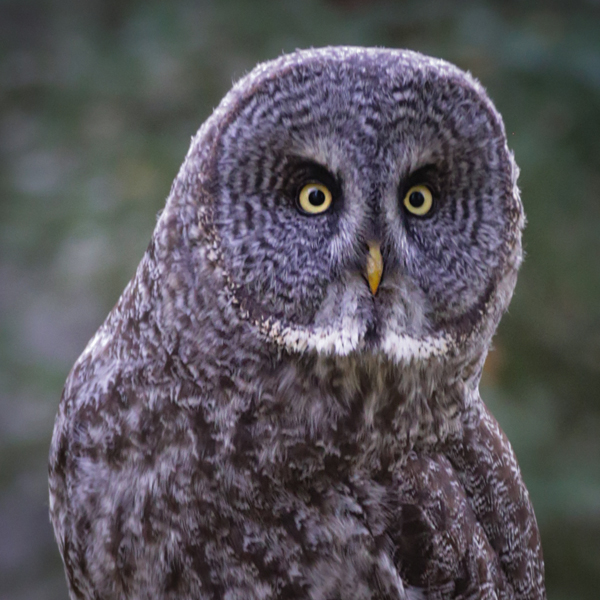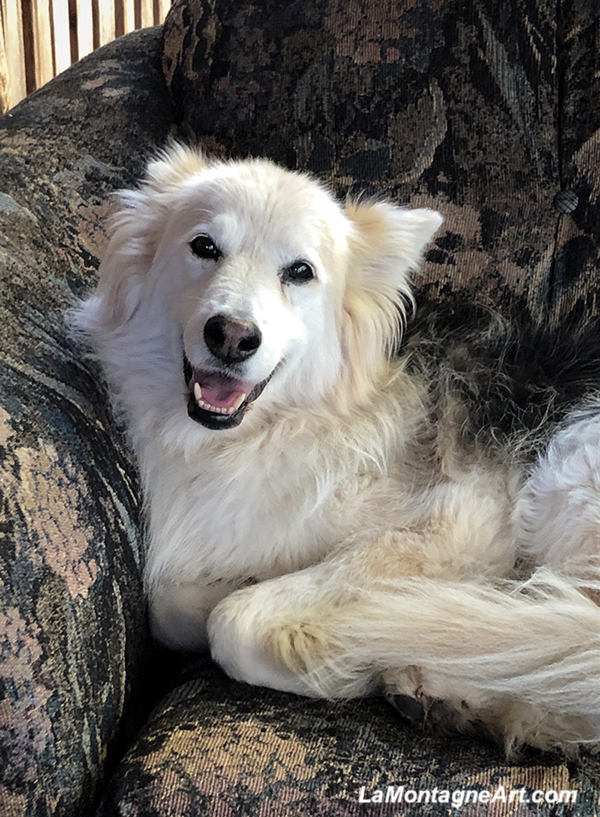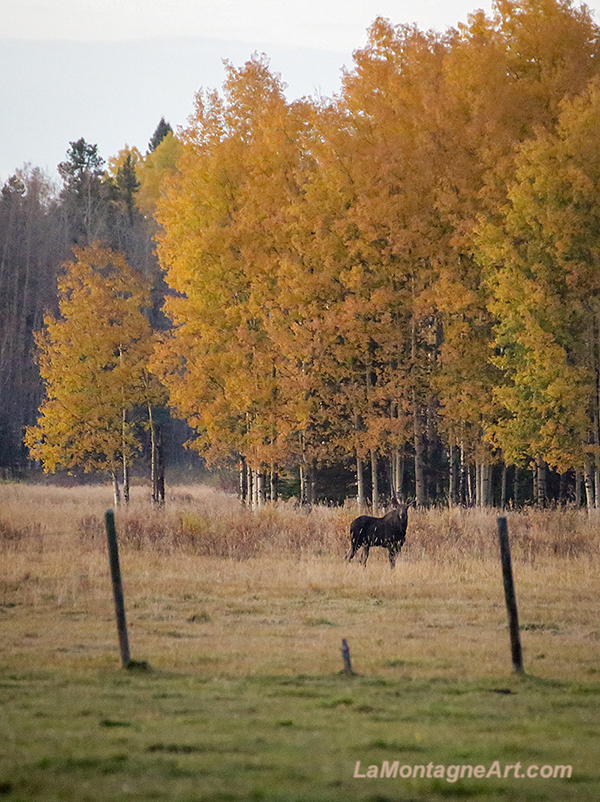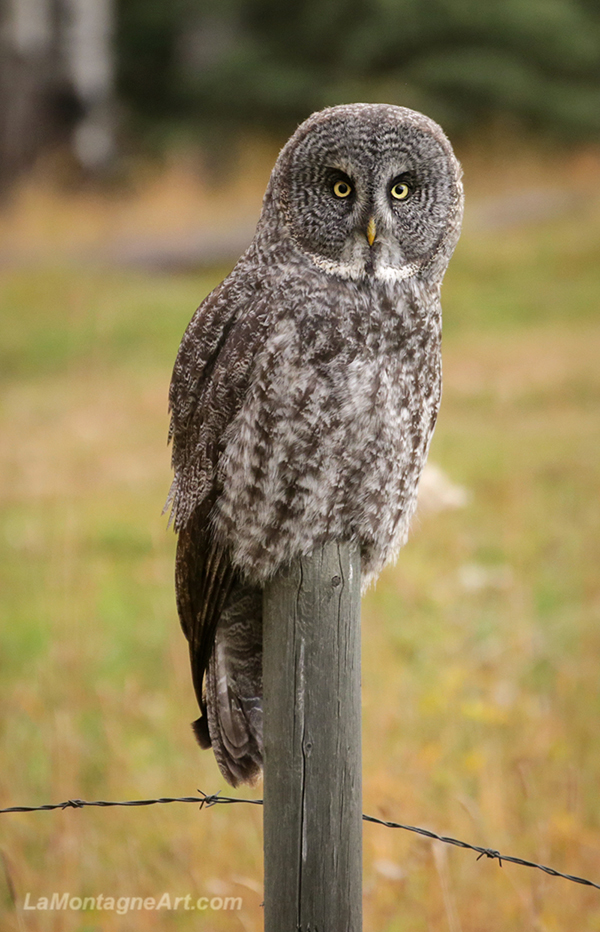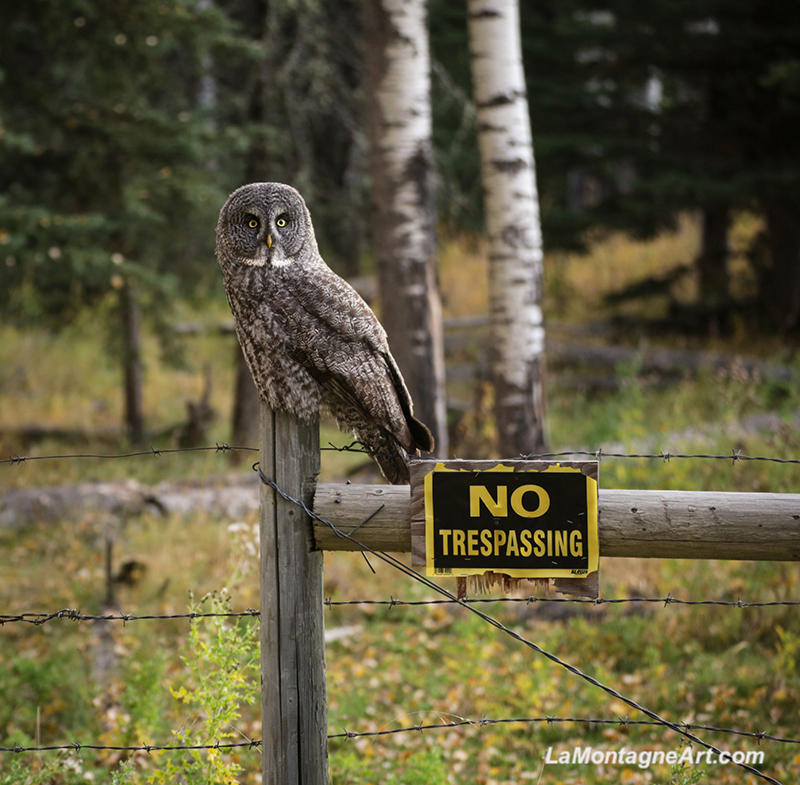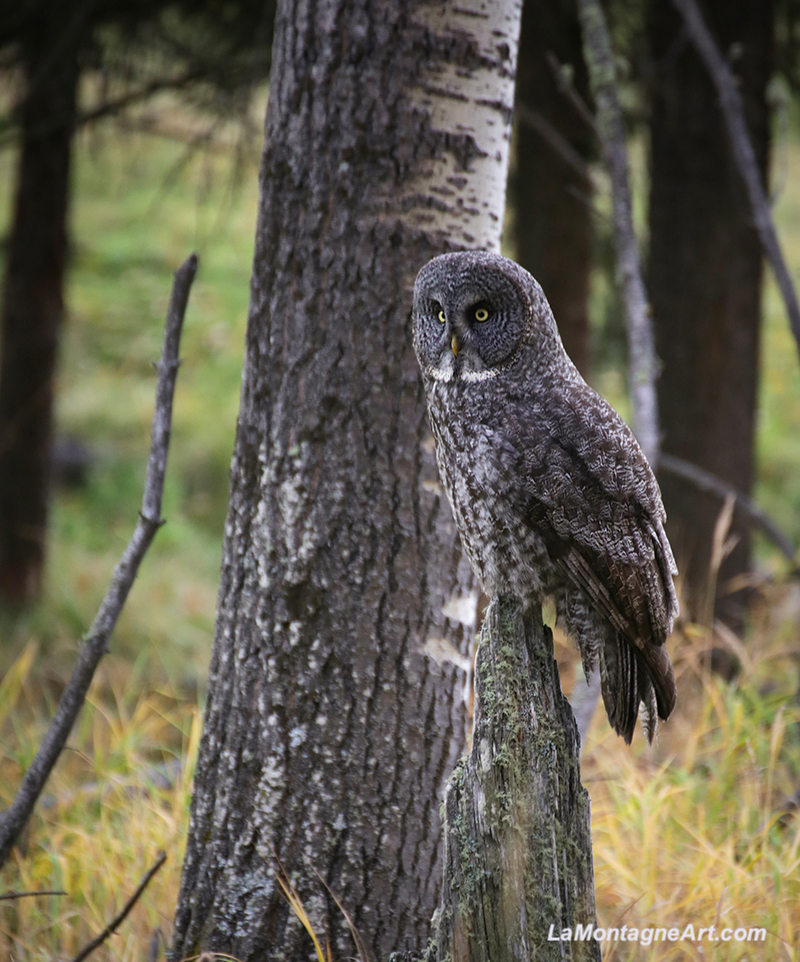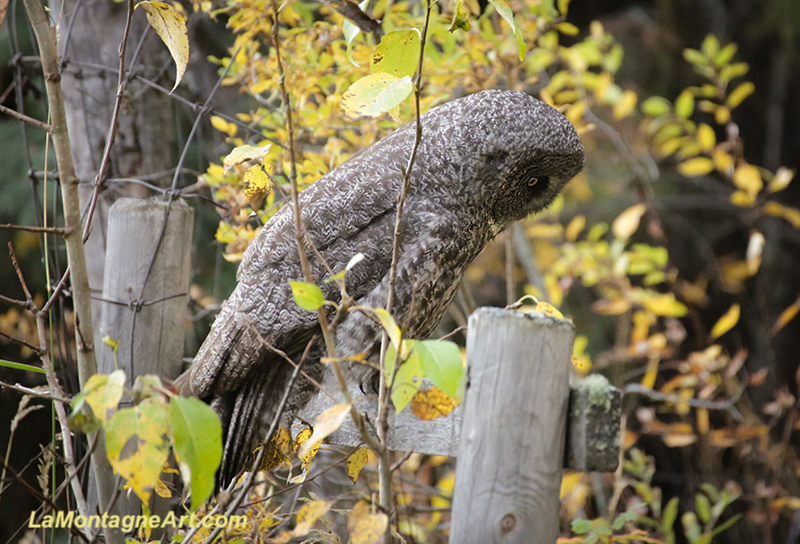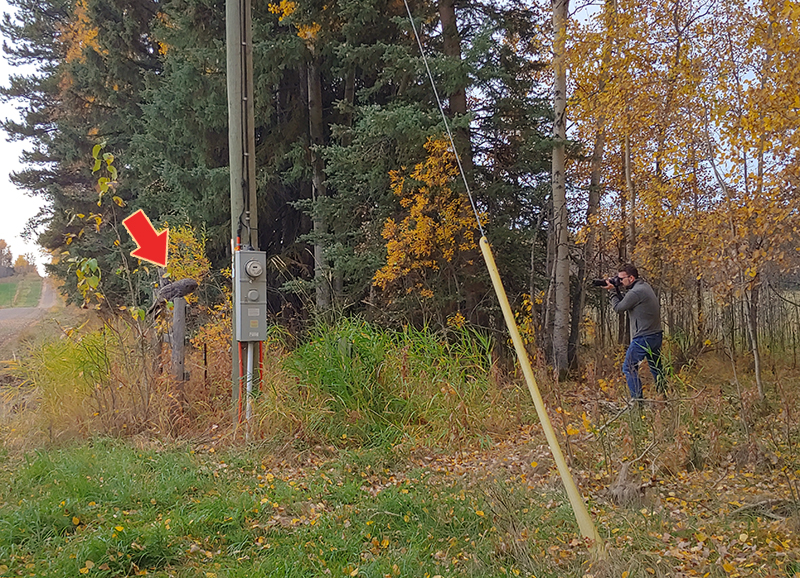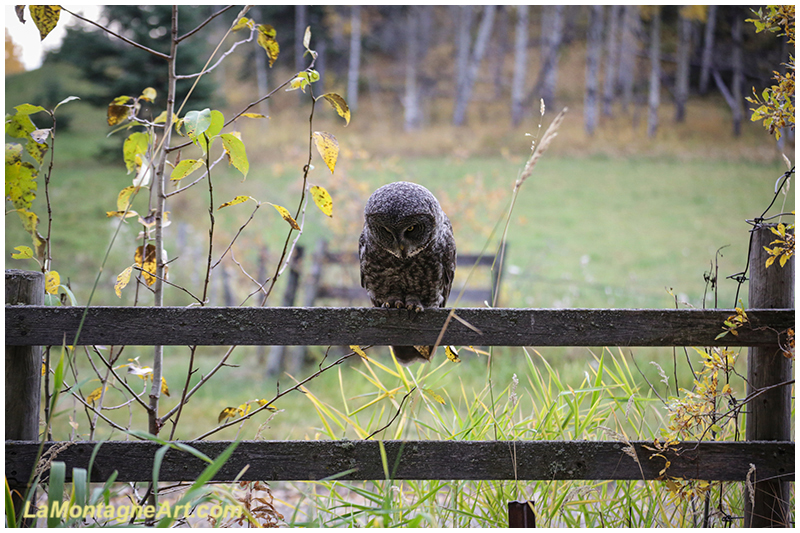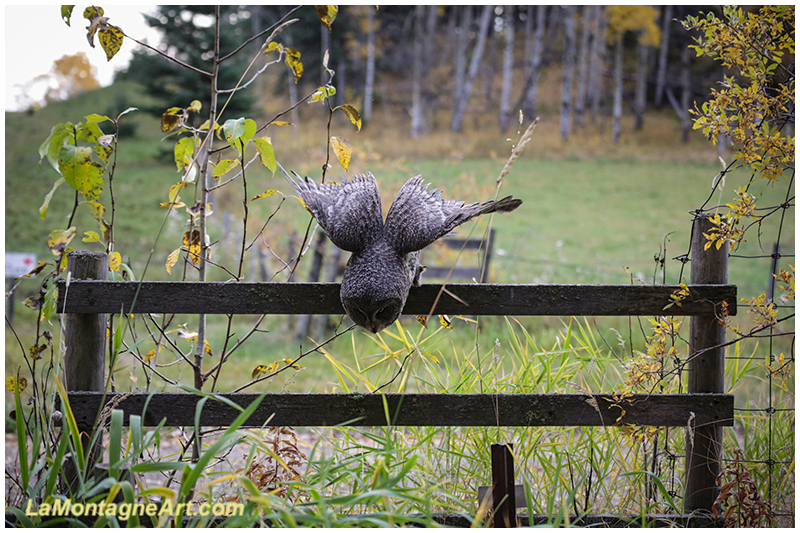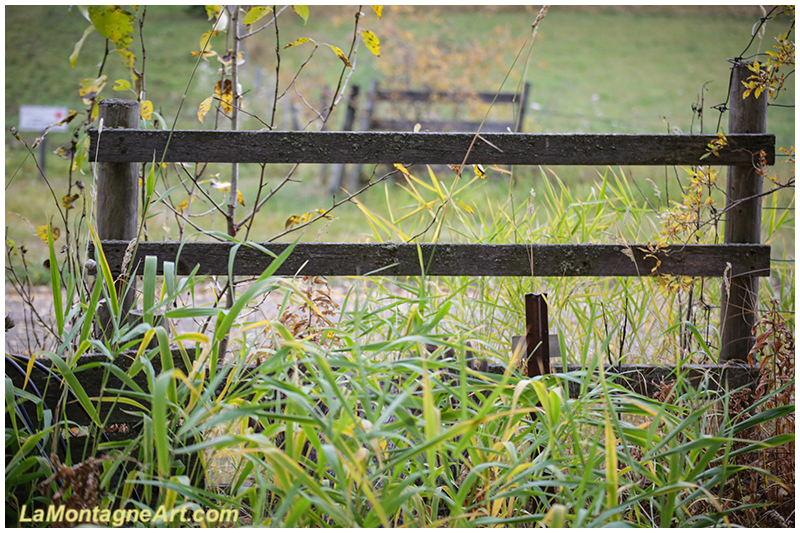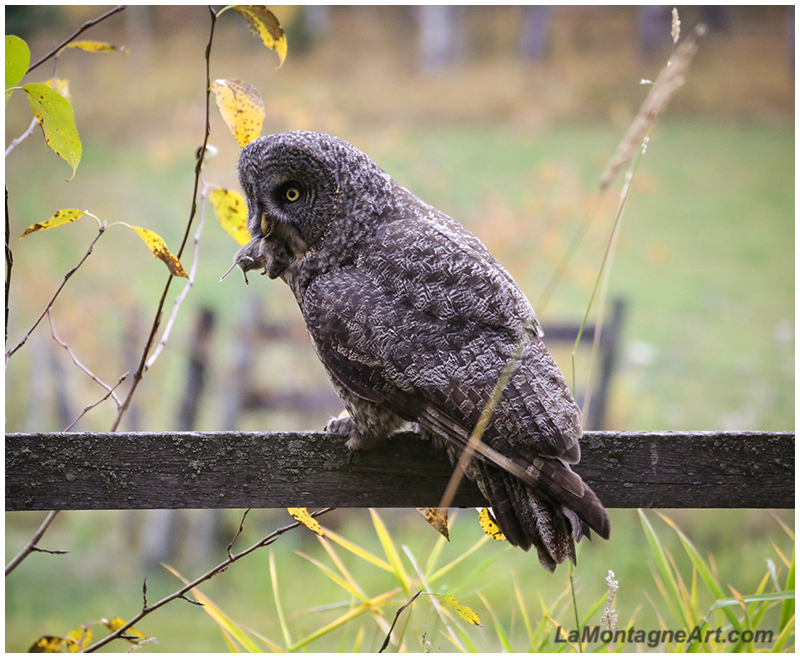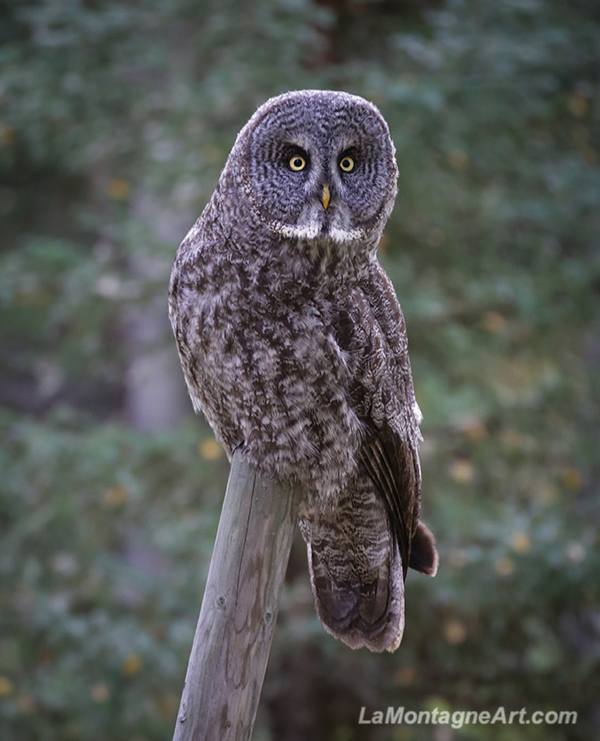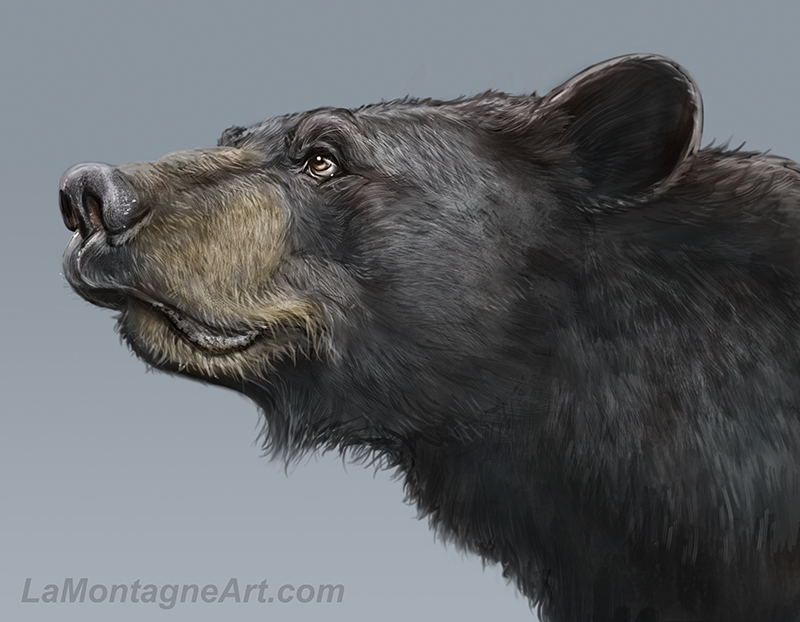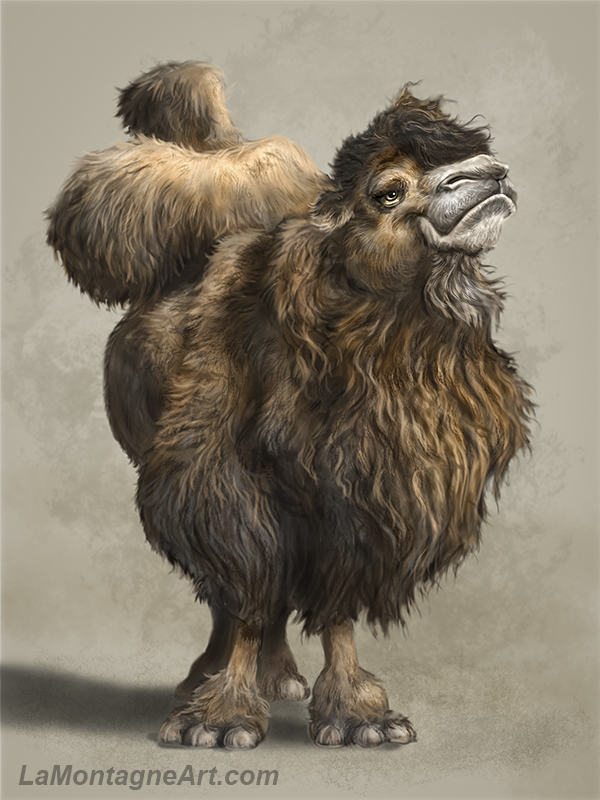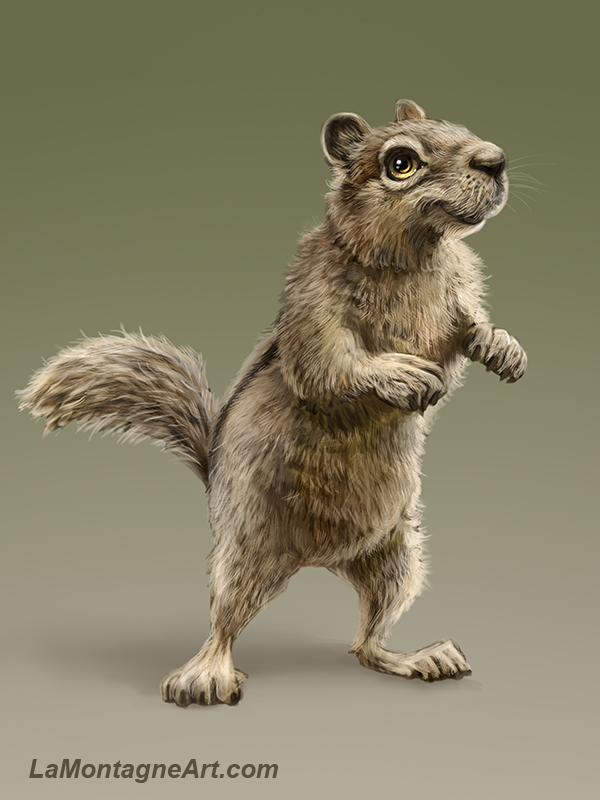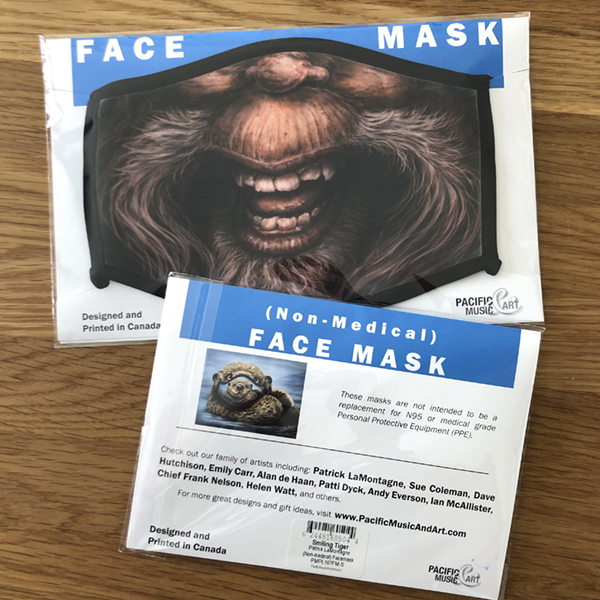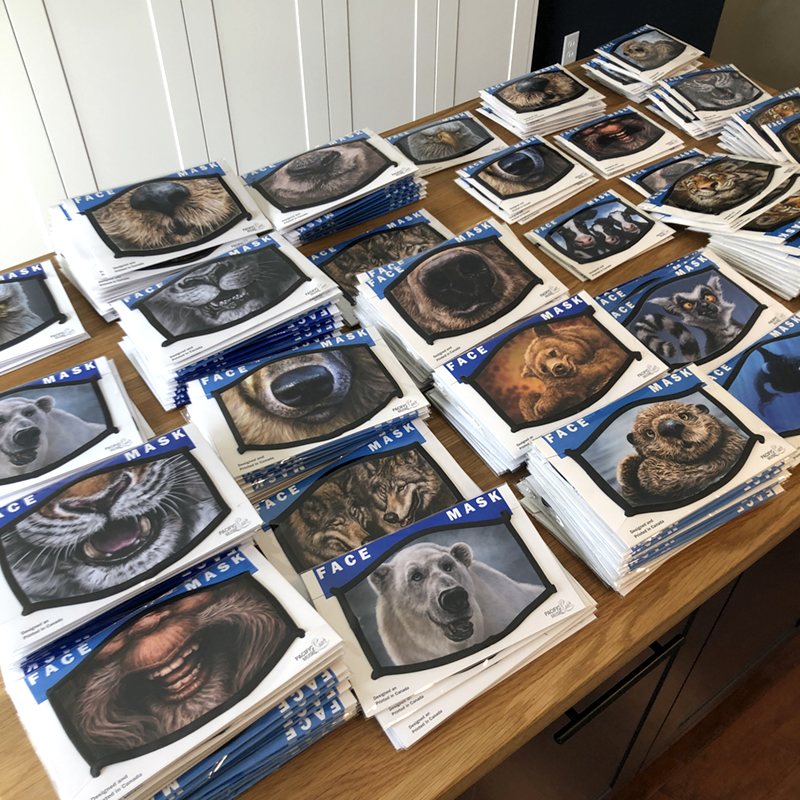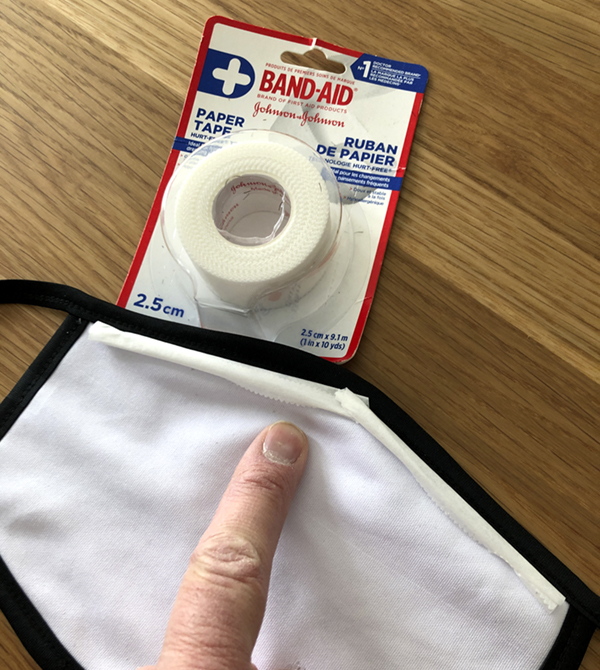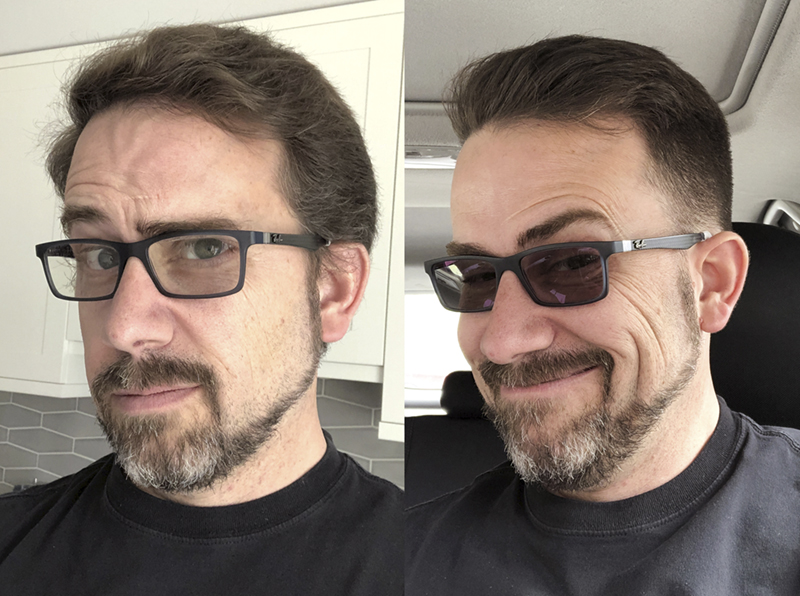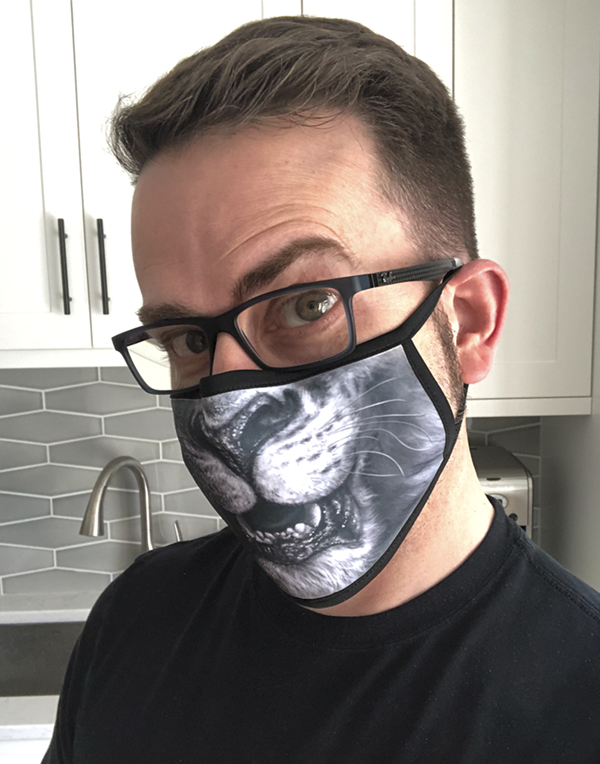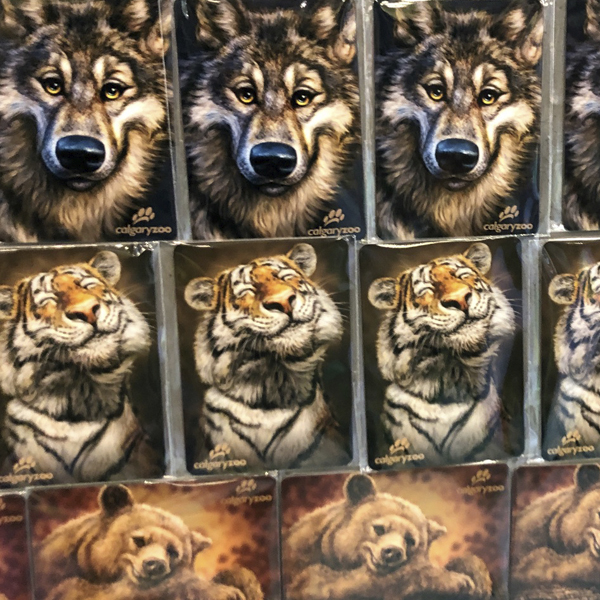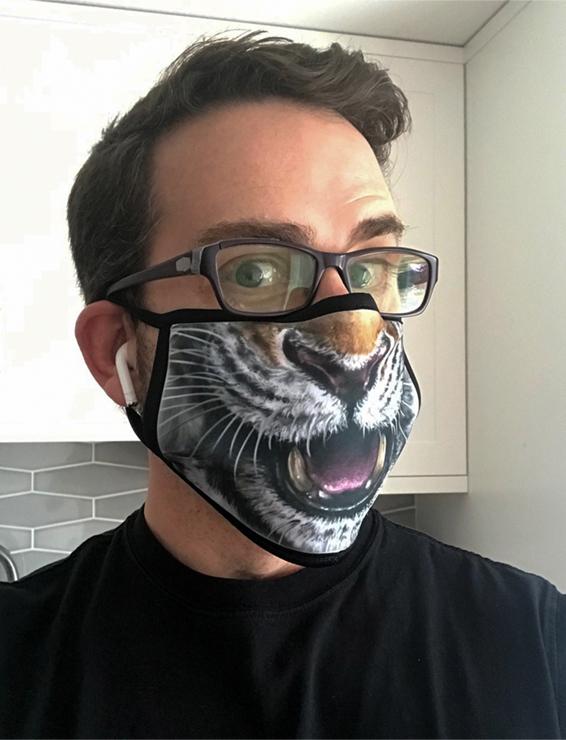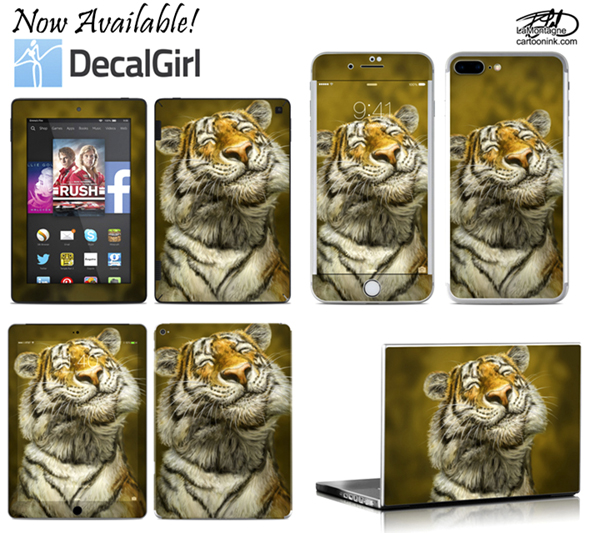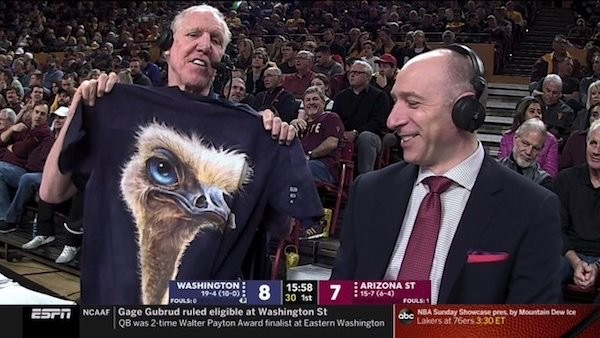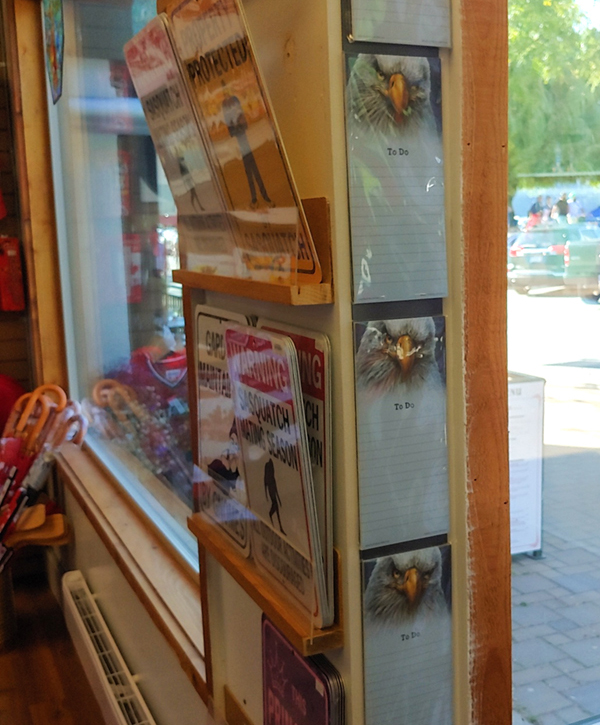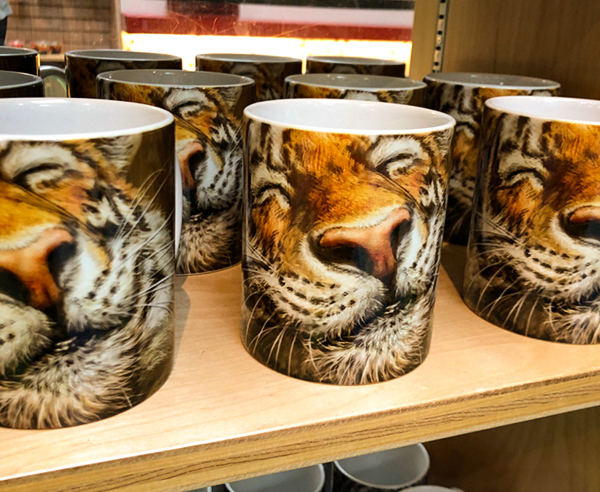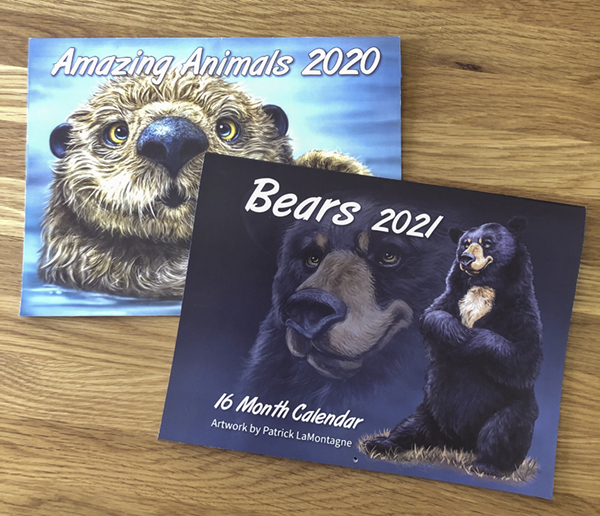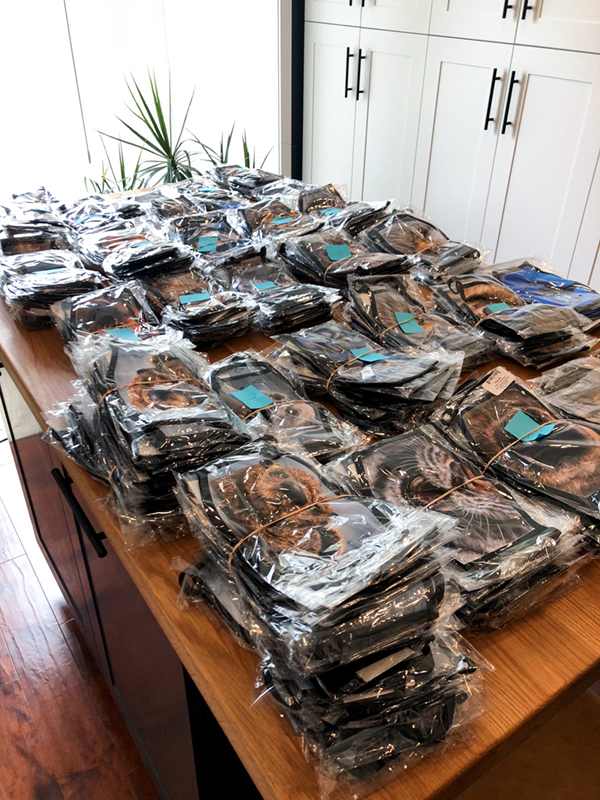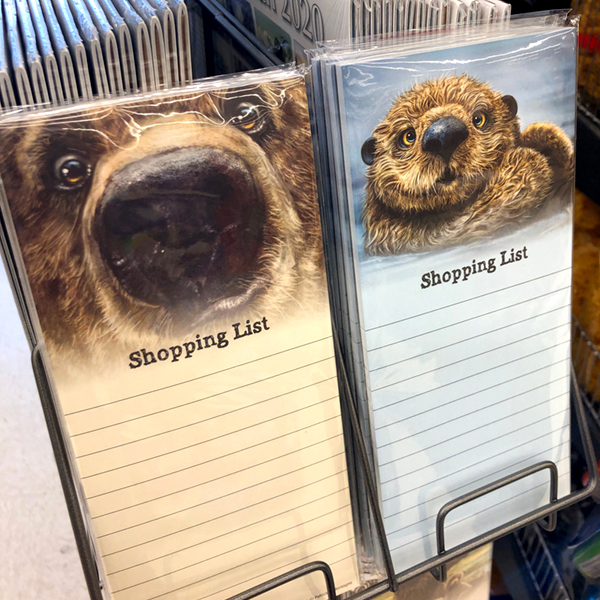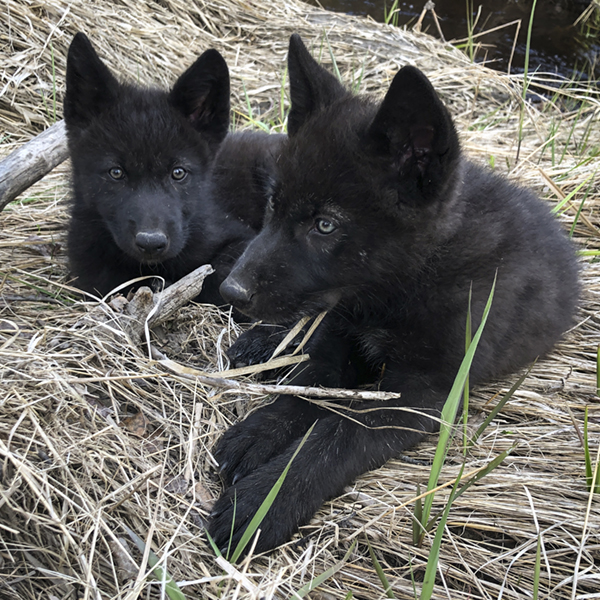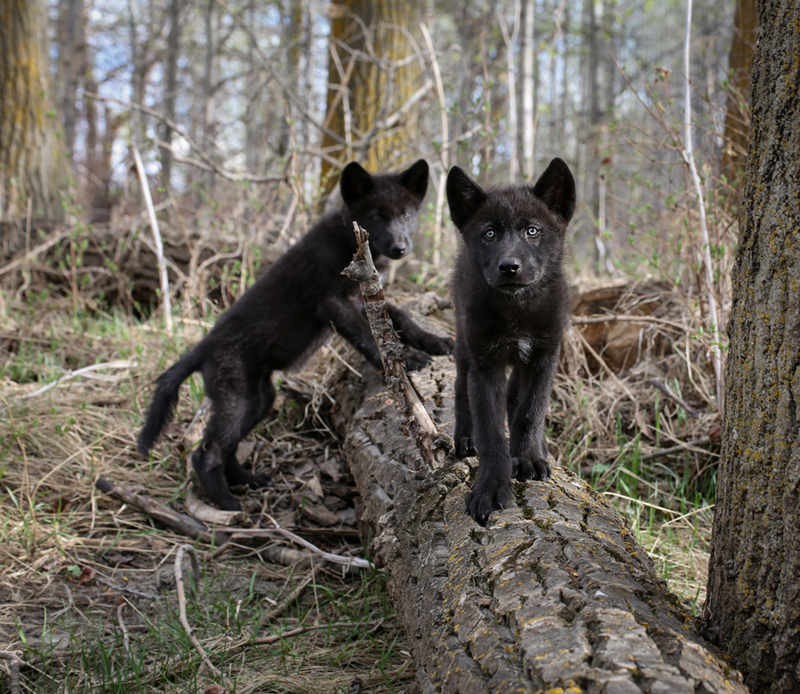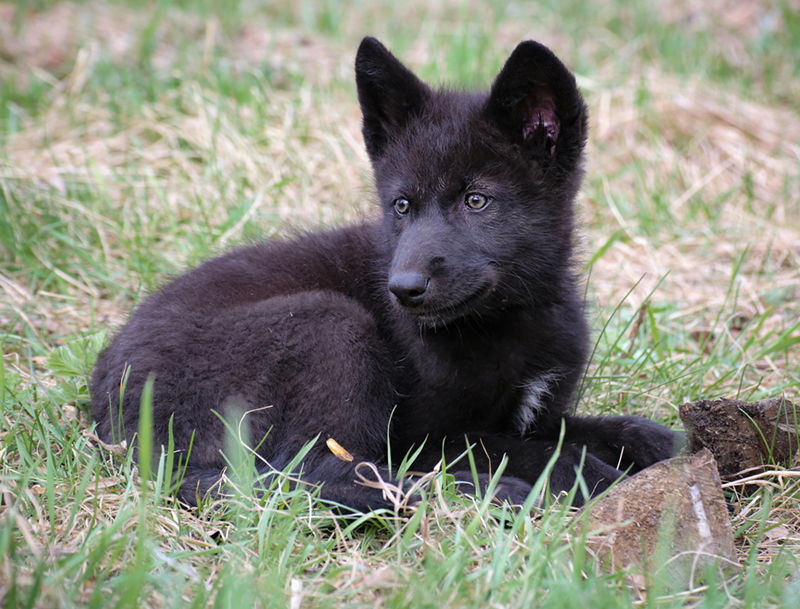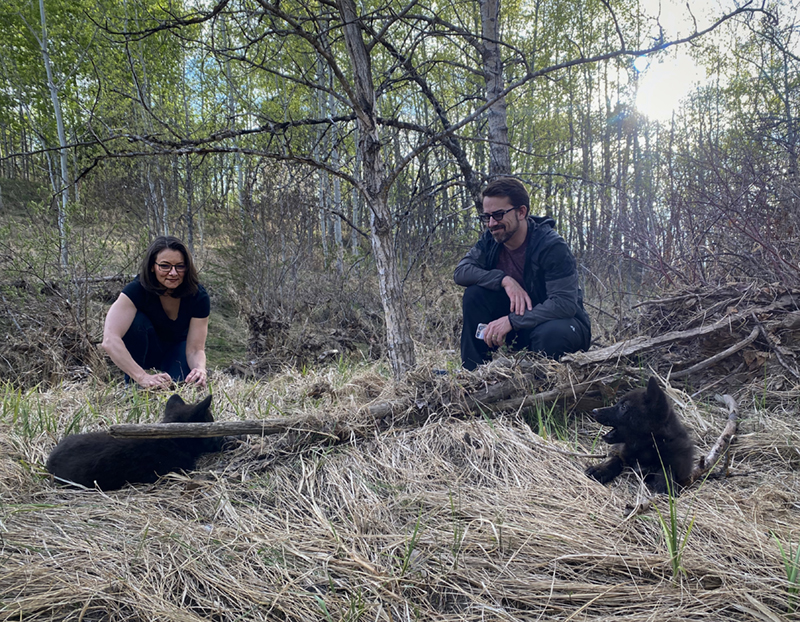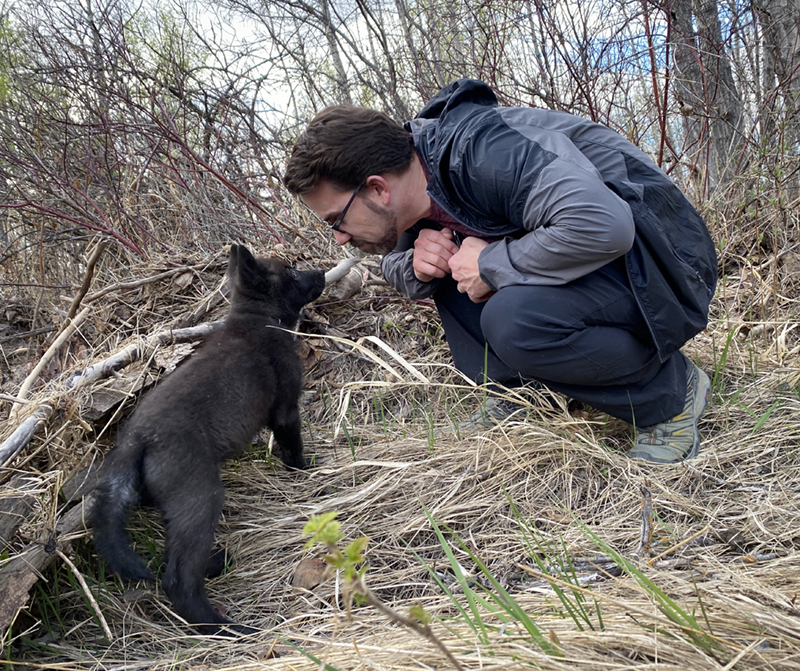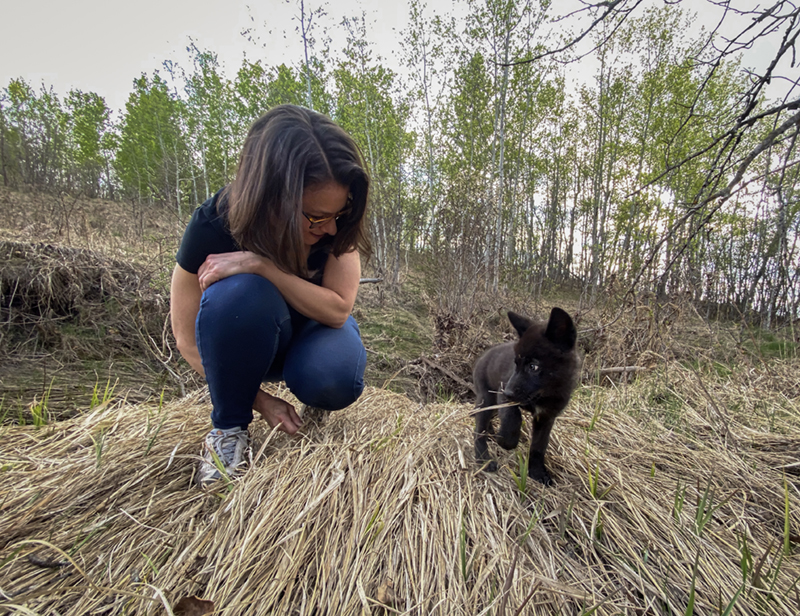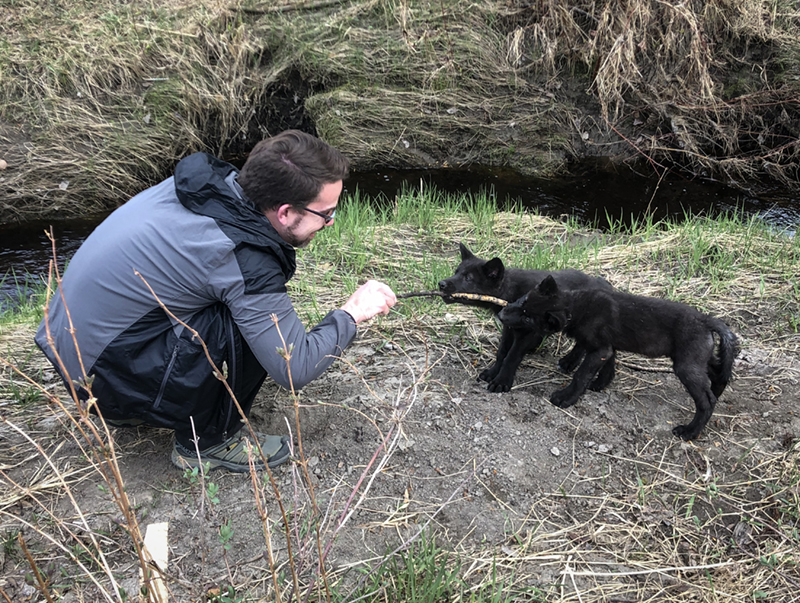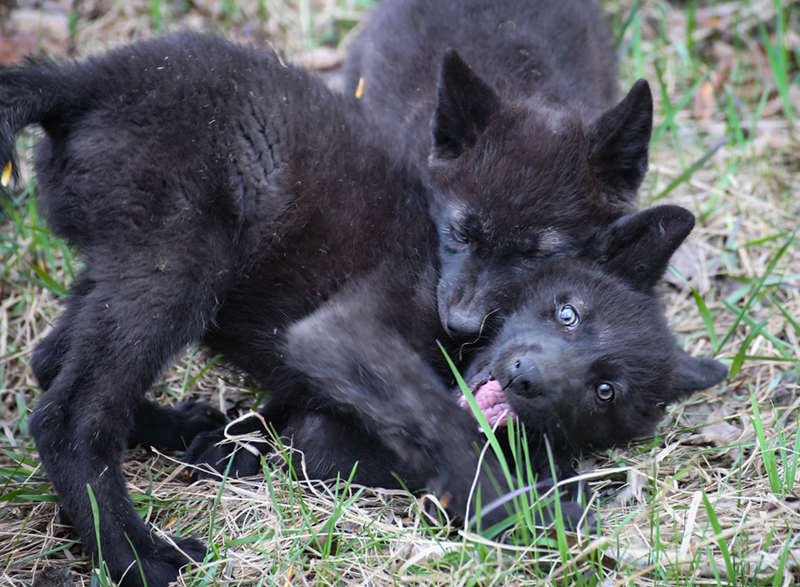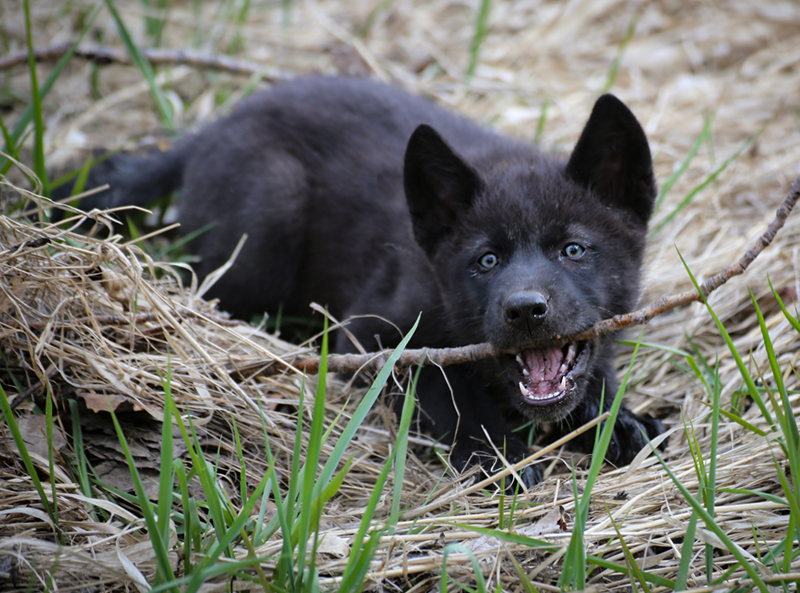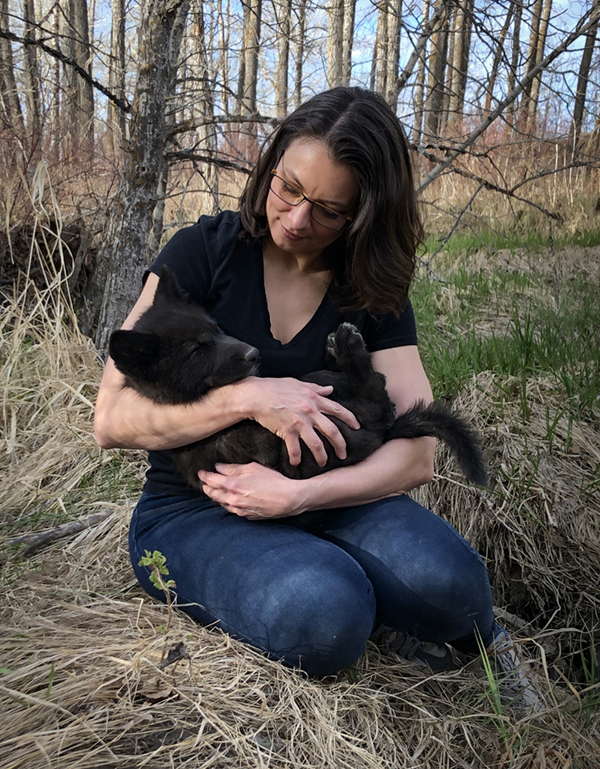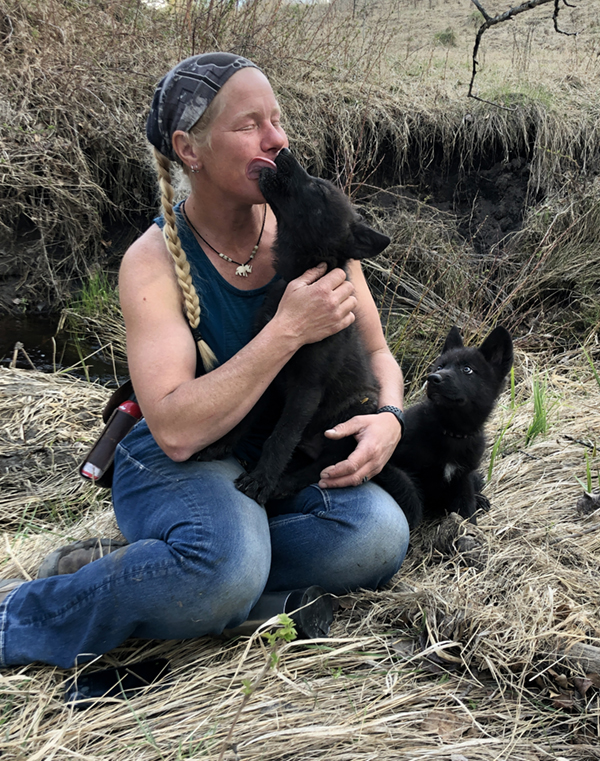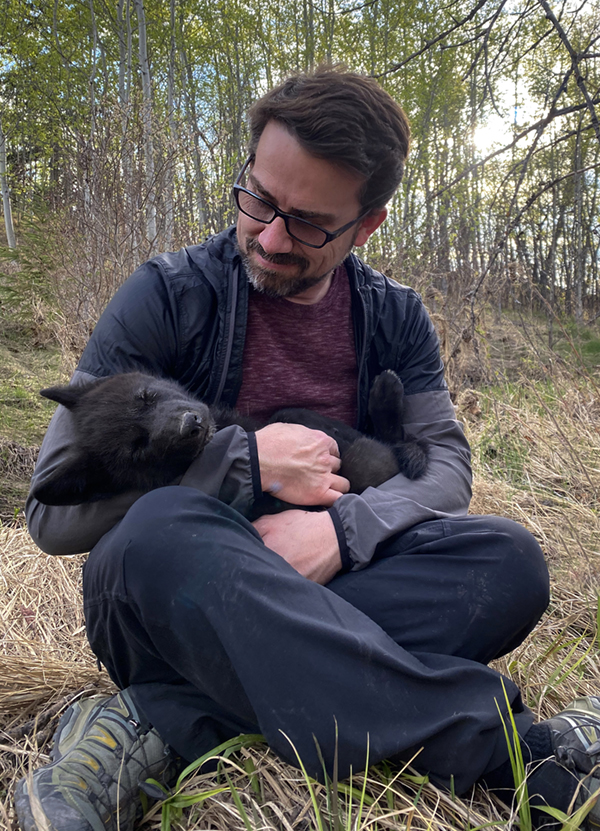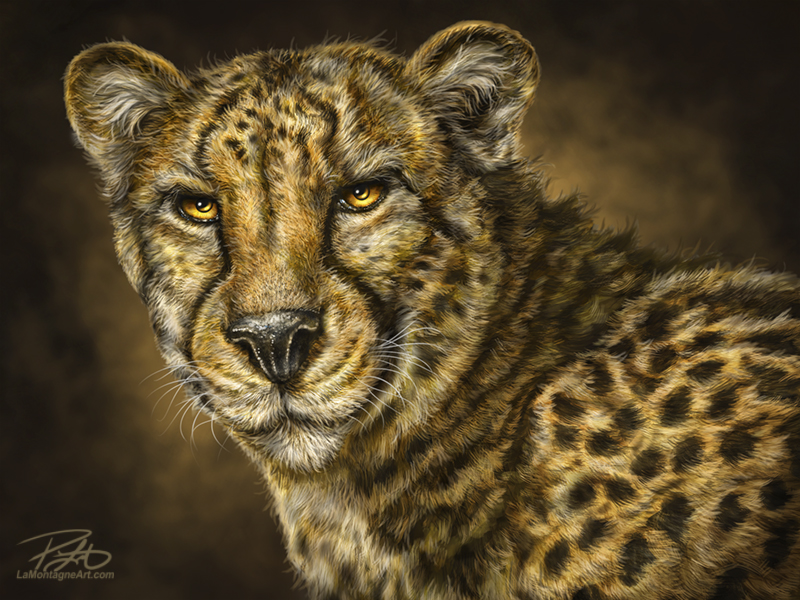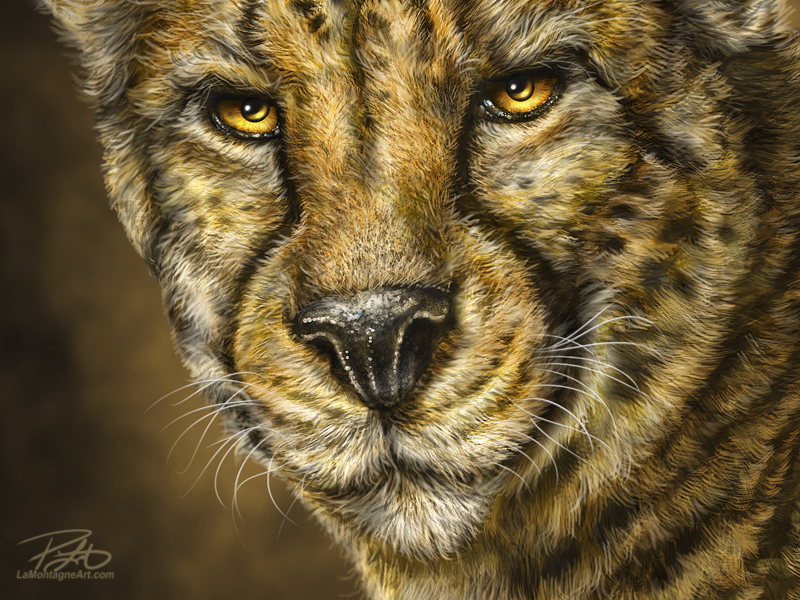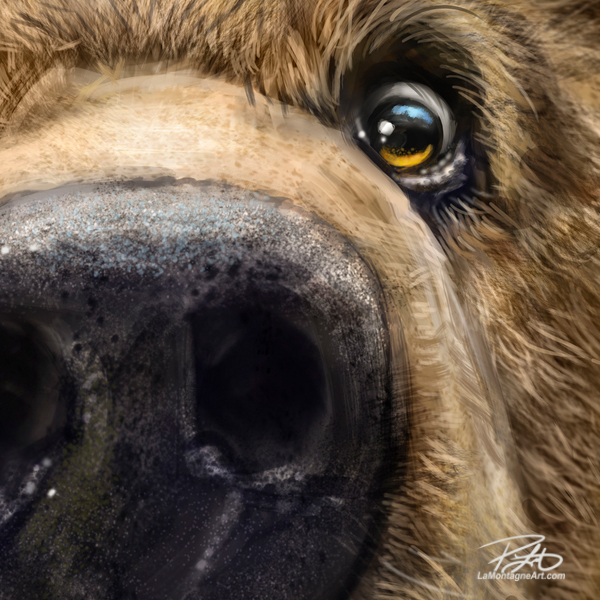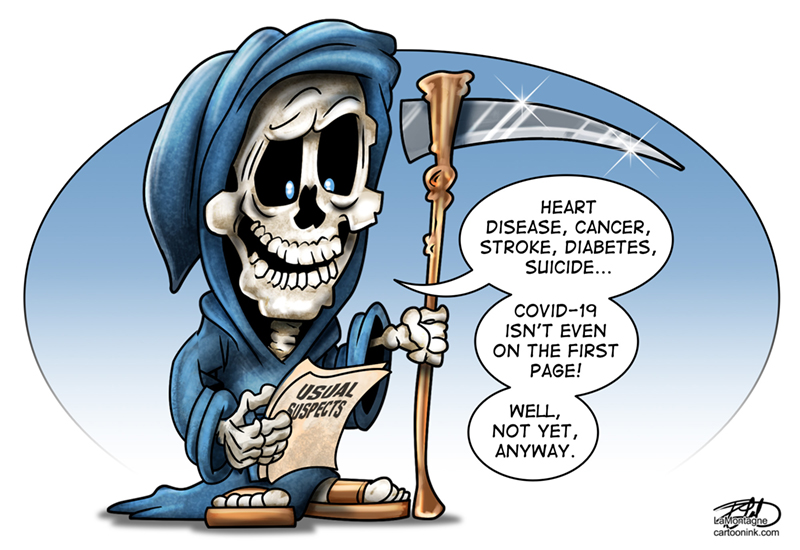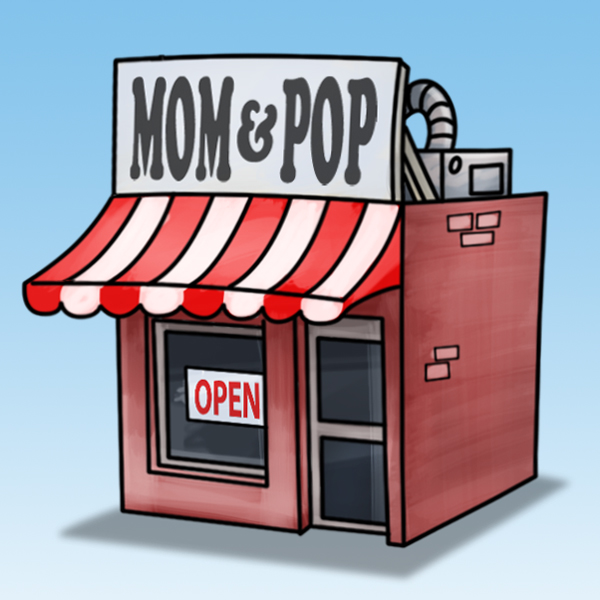
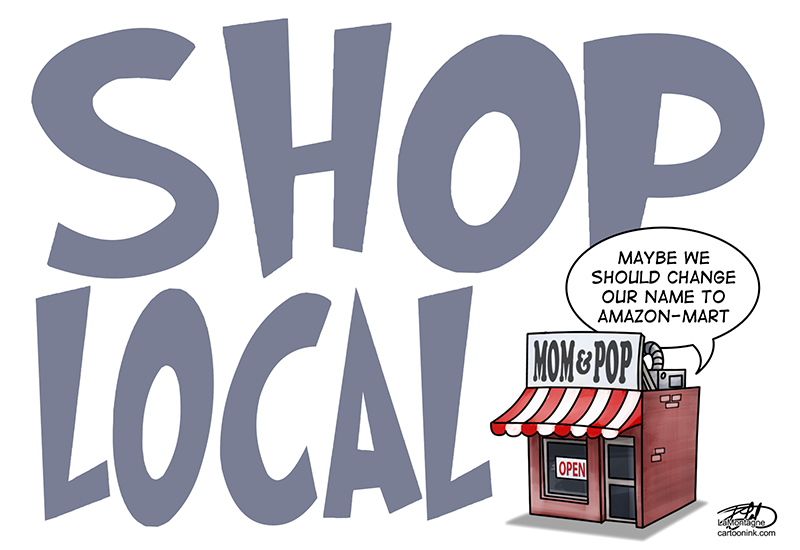 In the winter of 1998, my wife Shonna and I took a trip to Las Vegas.
In the winter of 1998, my wife Shonna and I took a trip to Las Vegas.
It was the early days of the internet, so we booked through a travel agent, which is why we ended up at the Treasure Island hotel. A pirate ship battle in the lagoon multiple times every night? What’s not to love?
My friend Bruno took care of our cats, and I asked him if there was anything he wanted from Vegas. He said a friend of his had brought back a glass skull beer mug from the same hotel, and he wanted one of those. I was happy to oblige.
In 2010, I began going back to Vegas on my own each year for the Photoshop World Conference. After hearing my stories about great food, whining that I was always too busy to do anything while I was there, we decided to return to Vegas for a vacation in 2013.
We stayed in a suite at Mandalay Bay, I introduced my foodie wife to some restaurants, and we had a great time. We went to the shooting range, took an open cockpit biplane flight over the Hoover Dam, and went skydiving for the first time, the highlight of our trip.
One day, we took the bus to the other end of the strip and made a day of walking back to our hotel, stopping in at restaurants and attractions along the way. When I saw Treasure Island, I thought about that mug and wondered if they had skull shot glasses.
I’m not a big drinker, but my spirit of choice is amber rum. In keeping with the whole pirate-rum thing, I’d long wanted a skull shot glass, a silly but harmless indulgence.
They didn’t have them, and I was a little disappointed.
Fast forward a year or two, and we were in a gift shop on Main Street here in Canmore, with a visiting friend. While wandering the shelves, I laughed when I came across a set of four skull-shaped shot glasses, right in my hometown. I bought them on the spot.
These days, if I wanted them, I’d probably go to Amazon and yep…set of 4, less than $25.
I like my story better.
Dumpster fire, steaming pile of…er…manure, train wreck, these are just a few of the phrases I’ve heard to describe 2020. The pandemic has changed the planet.
An optimist might suggest looking for the silver lining, appreciate the little things, realize what’s truly important and learn to live with less. But it’s hard to make that shift when you’ve had your salary cut in half, your kids’ education hobbled, all plans cancelled, and the dark cloud of uncertainty steals the colour from every sunrise.
That’s even if you still have a job.
The thought of a trip to Vegas right now makes me shudder. No thanks.
Putting aside the politics and rhetoric, the armchair epidemiology summit that convenes online every day, and the pervasive rage surrounding any discussion about viruses and vaccines, we’re all hurting and miserable.
Hardly a week goes by that I don’t hear someone’s story of how this has affected their business, usually in a way I hadn’t considered.
The sandwich shop owner in downtown Calgary who relied on the busy lunch hour crowd that no longer exists. The event auditorium manager, one eye on the empty seats and the other on his bank account. The clothing store owner who was already competing hard with online shopping, now wonders why she opens her doors.
And the gift shop in a tourist town.
These people have families to support, mortgages, rent, debts and face the same uncertain futures as everybody else.
When one business fails, and another and another, then communities fail. For want of a nail and all that.
As a self-employed artist, a profession that has traditionally been synonymous with financial failure, this year has been the same kick in the crotch for me like everyone else. I’m fortunate that I’m still able to pay the bills, but it’s a good thing we can’t go anywhere because luxuries are not in the budget.
Every time I send out a newsletter or marketing post this year, it feels a little like panhandling. I know that many other business owners, both home occupation and brick-and-mortar, feel the same way. It’s hard to make the ask when you know money is tight.
I’m fortunate to have what I consider a large following of supporters, many of whom have been cheering me on for years. I appreciate those folks now more than ever, not just the ones who buy my artwork, but all of them. Some days, they simply give me a reason to get out of bed in the morning and keep trying. That’s no small thing.
Most business owners feel the same way about their loyal customers, clients and supporters.
I get that Amazon is cheaper, has free shipping and easy returns. I know that Costco, Walmart and similar behemoths offer a convenience you can’t find anywhere else.
I’m not going to be a hypocrite. I shop at these places, and I will continue to do so. They employ people in the community, too, but they’re not in danger of going under anytime soon. Amazon doesn’t need your money.
Small businesses and the self-employed are struggling. This year will be the last for some of them. Many of those businesses employ others, and when the closed sign goes up on the door for the last time, those people will be looking for work, where there’s no work to be found.
Communities are an intricate web of connection. When you start cutting threads, it falls apart.
Small businesses support local events, community initiatives, school programs, sports teams and a whole lot more. They are continually asked for donations of product, time and money. While Amazon does give generously to charities, they’re not going to supply the coffee or hot dog buns for your kid’s hockey tournament.
So here’s today’s pitch.
Support small business.
It’s trite, cliché; we hear it all the time. I know.
Support small business.
I’m not saying do all of your shopping locally. Paying $50 for something at a local store that you can get online for $20 when you’re already financially strapped, that’s a hard sell.
But how about one or two things, especially for this year’s holiday season? Buy a gift with a story behind it, include a note about the excellent service at the little store where you bought it. Buy a gift card from the locally-owned coffee shop, the one where the owners have greeted you by name for decades, ask about your kids, and how you’re holding up.
And not to be too obvious, but how about buying from an independent creative type? We’re all over the place.
Give a gift as you’d want to receive one, with some thought and effort. Spread some good feelings in a time when we could all use it.
To quote from Bon Jovi’s latest offering, “When you can’t do what you do, you do what you can.”
Living in Alberta, I hear many angry people talking about how Canada has turned its back on Canadian oil, buying from other countries. While I’m sure it’s more complicated than a Facebook meme (it always is), I understand that sentiment.
It’s hard not to be frustrated when Canadians choose not to support Canadians.
___
© Patrick LaMontagne
Follow me on Instagram @LaMontagneArt
Sign up for my newsletter which features blog posts, new paintings and editorial cartoons, follow this link to the sign up form.

